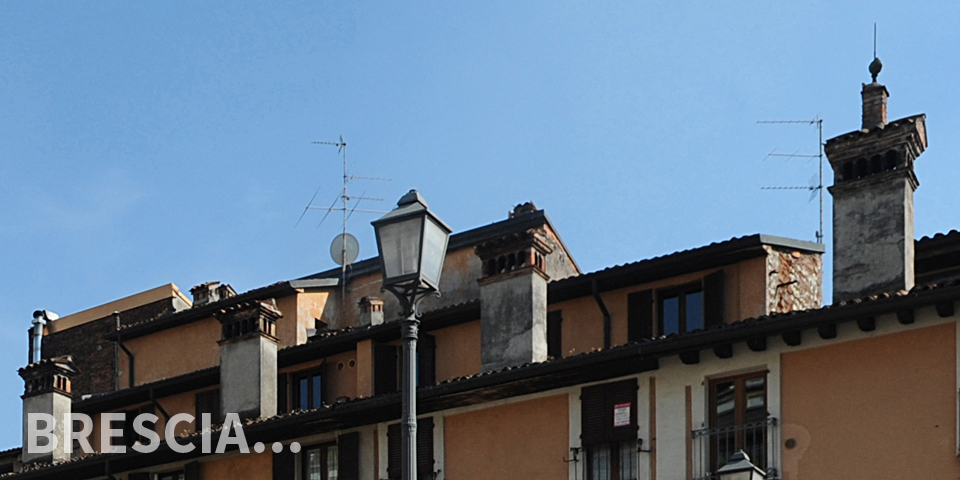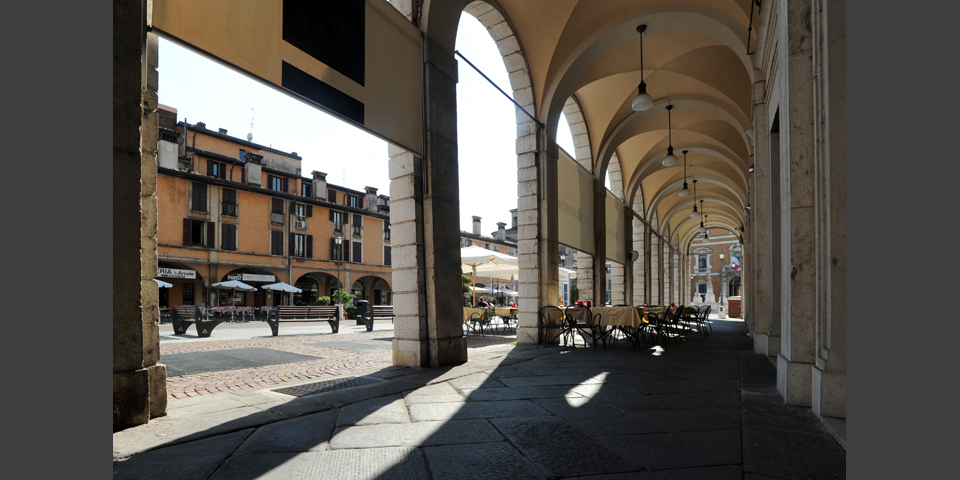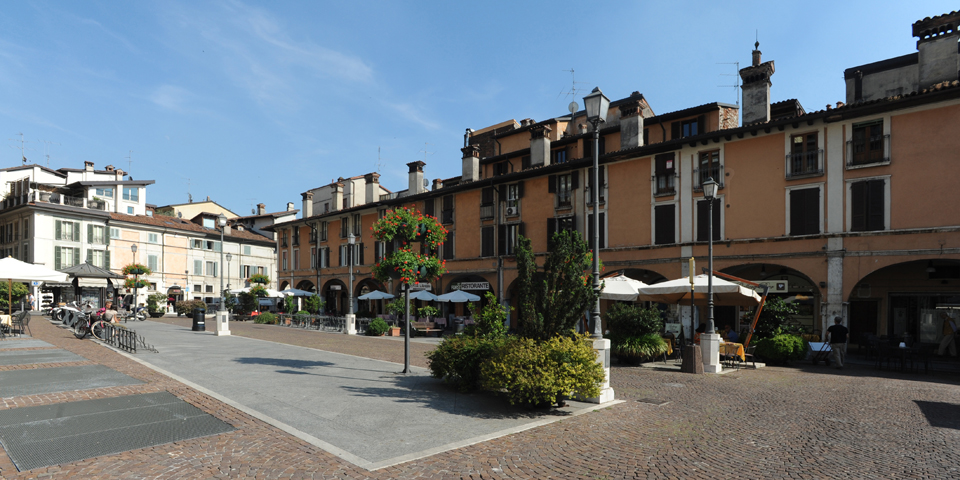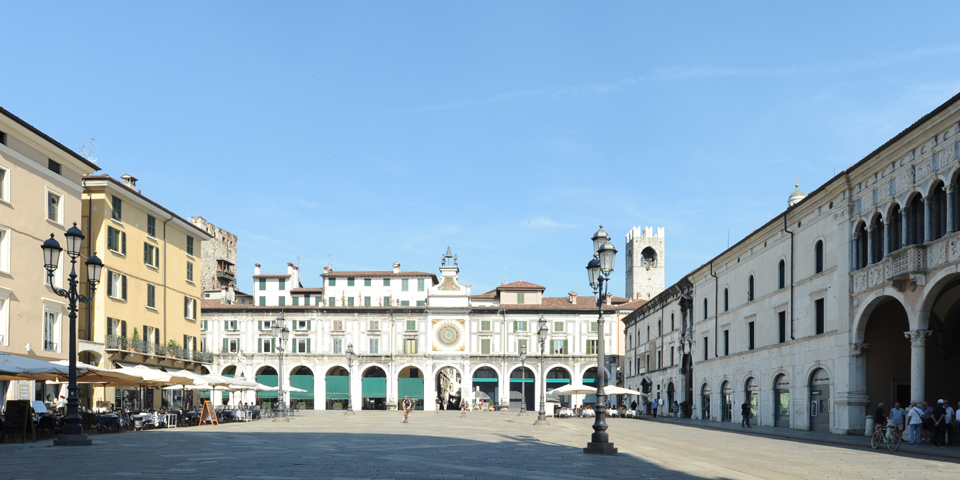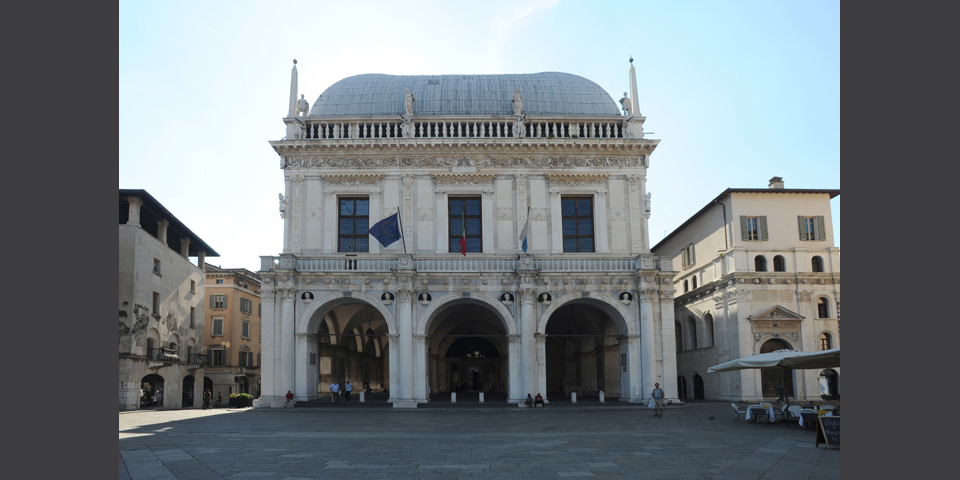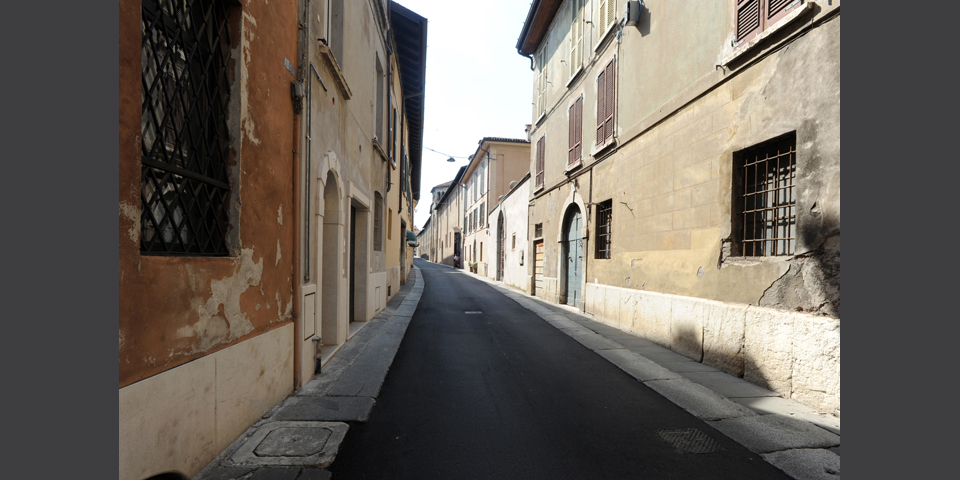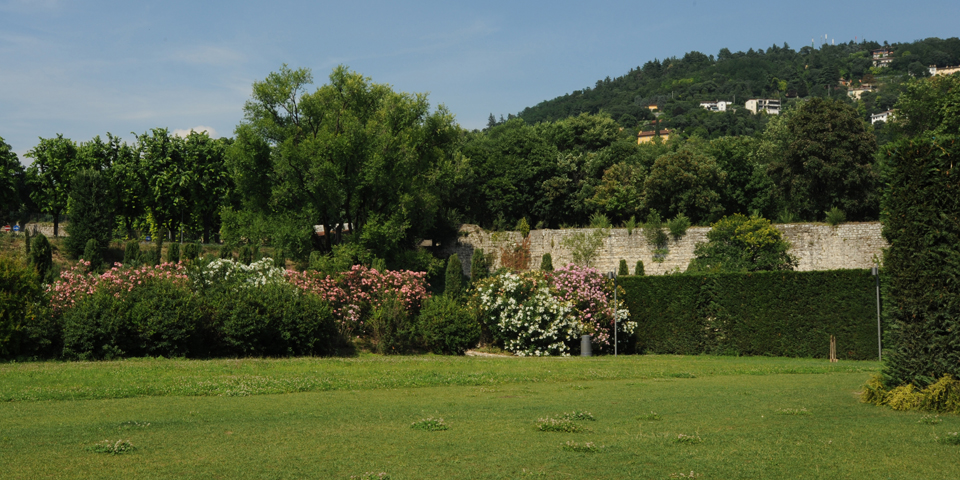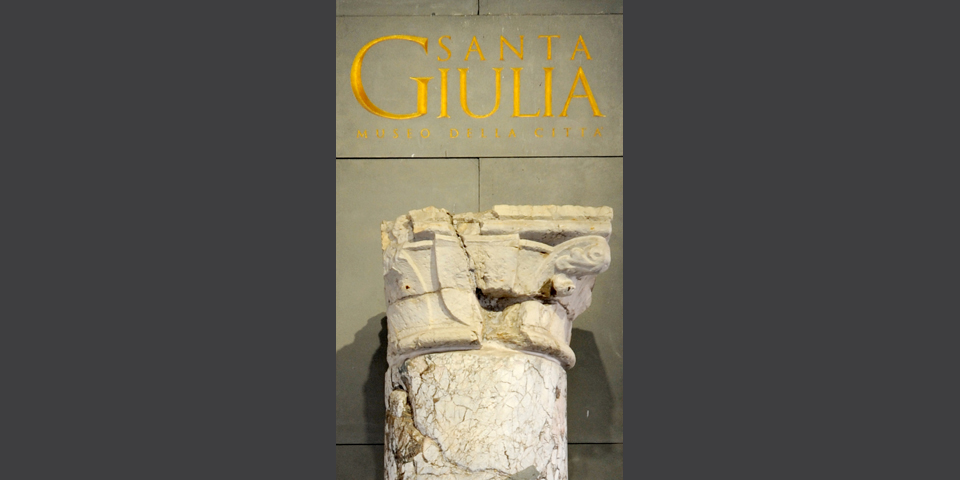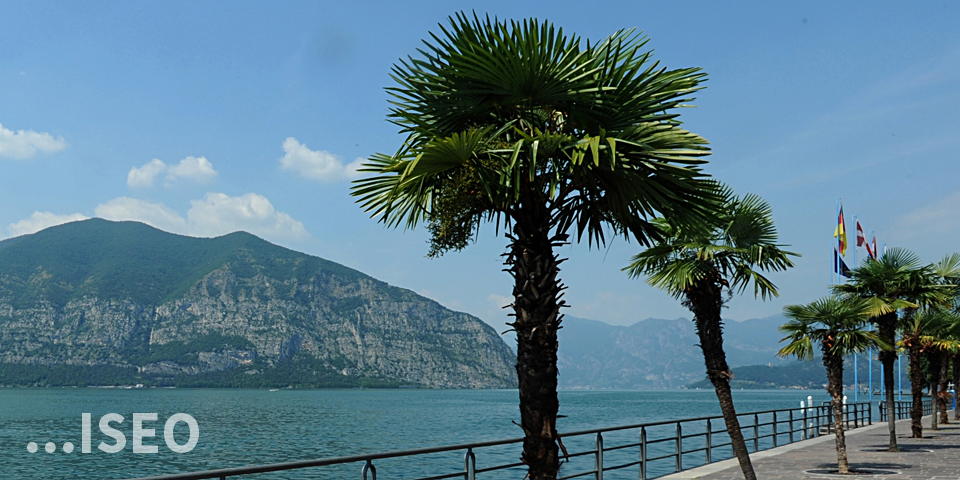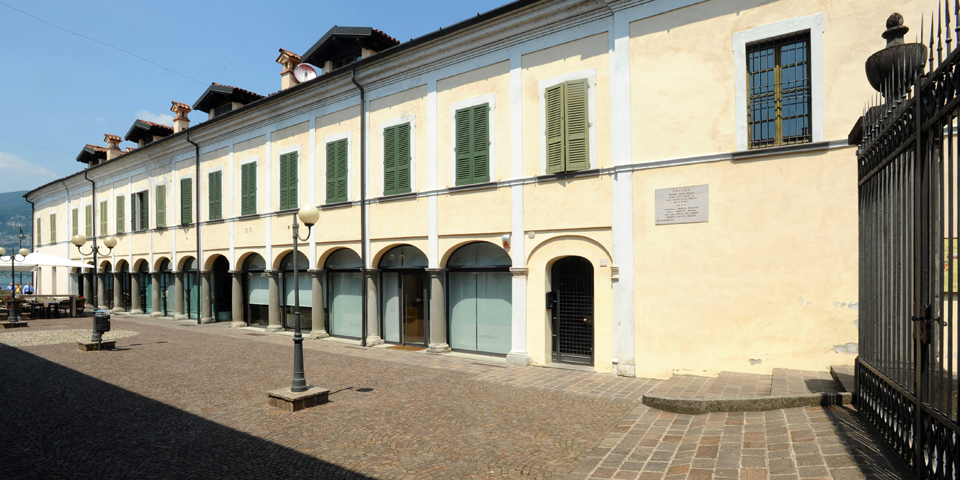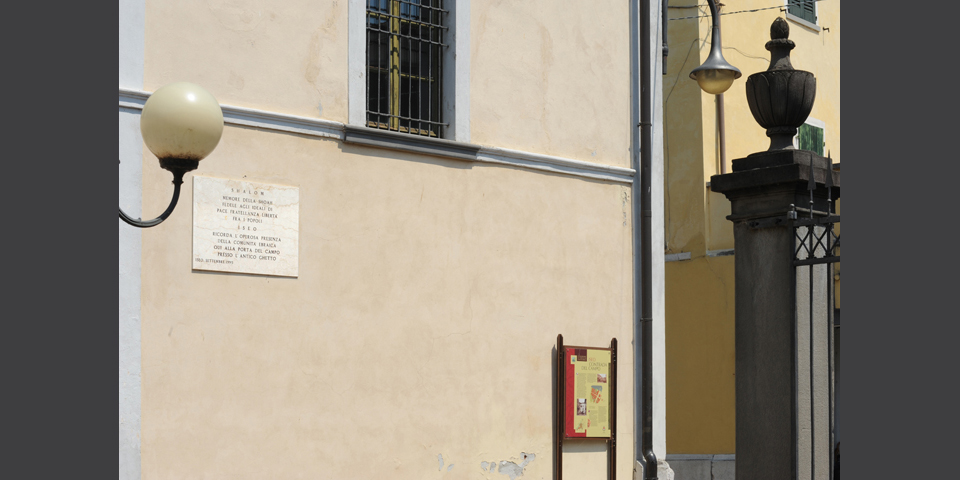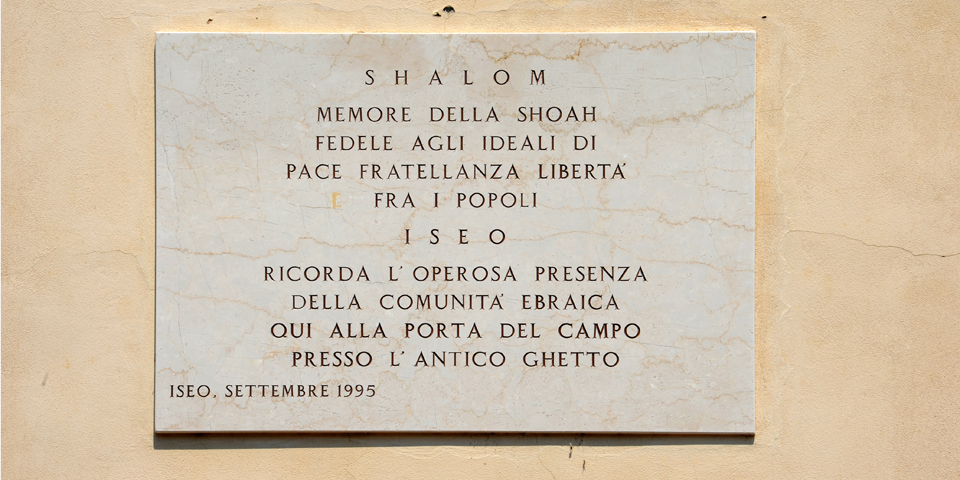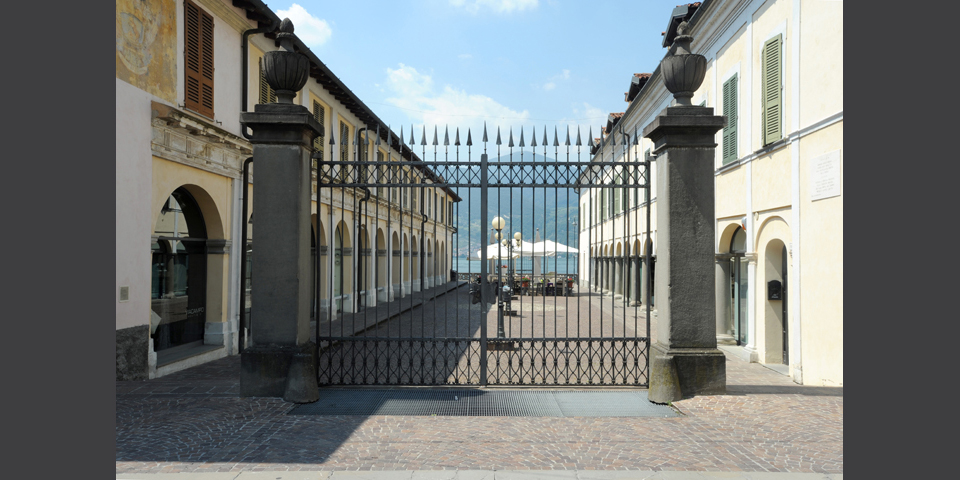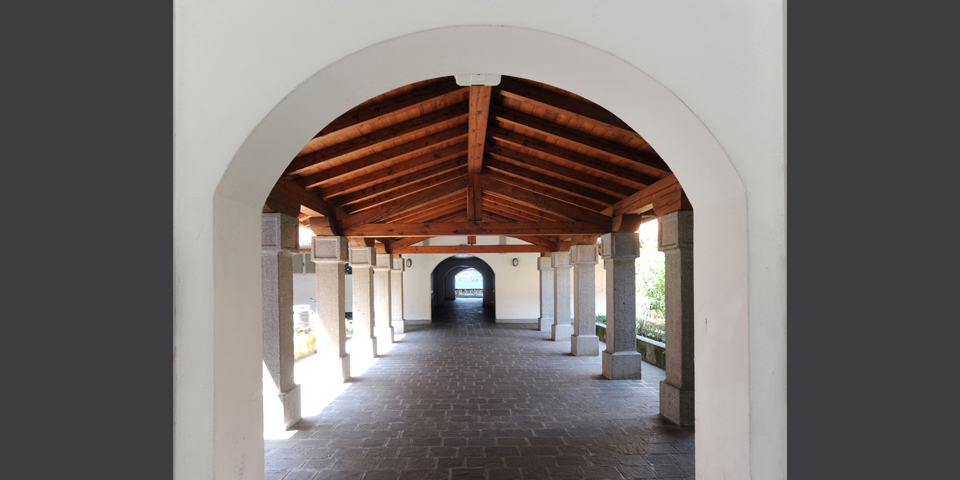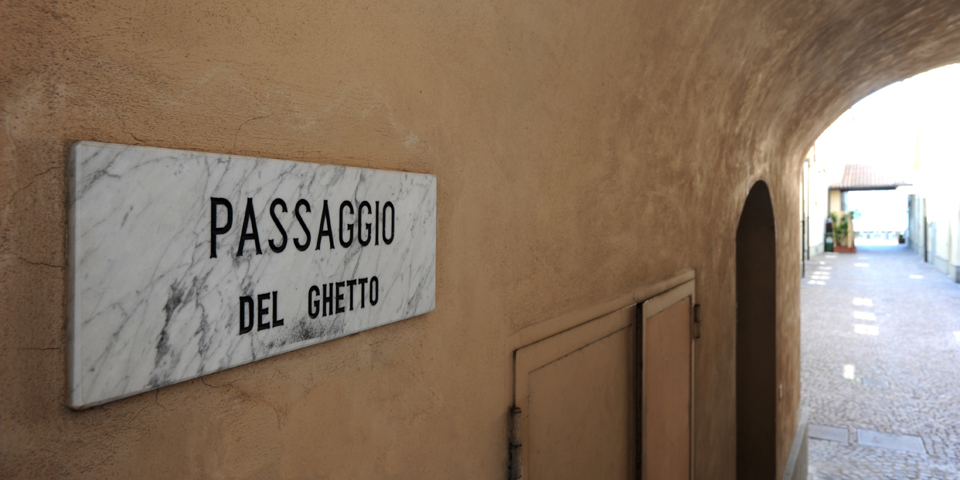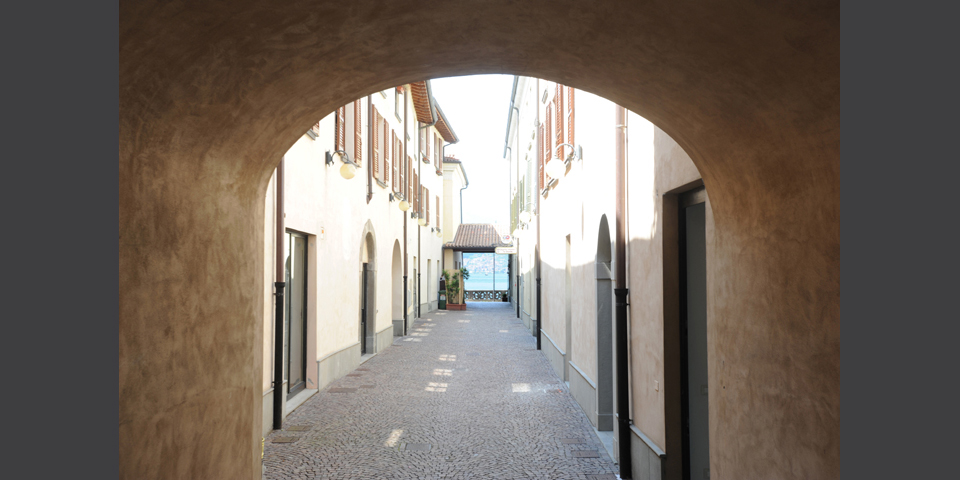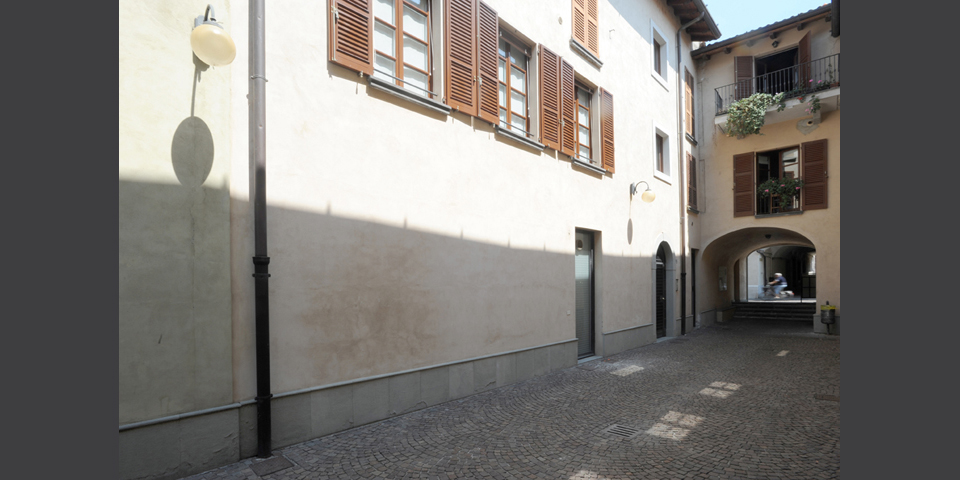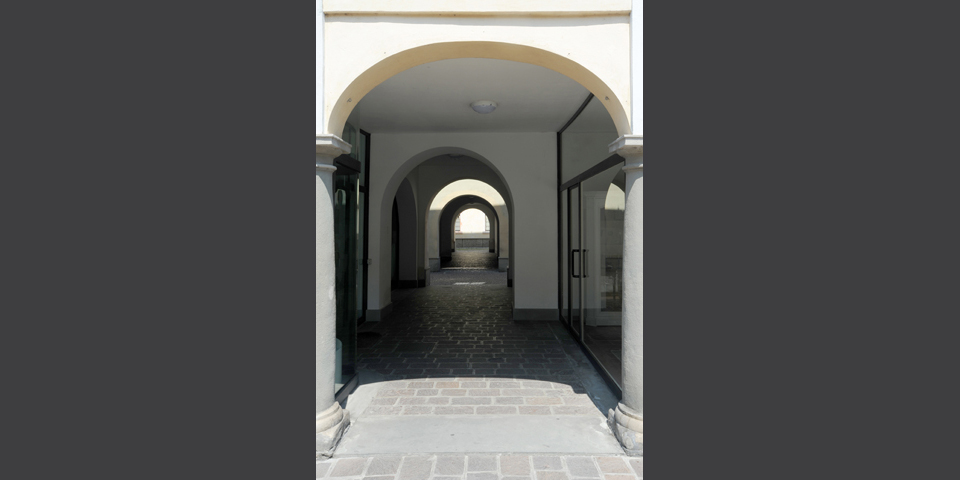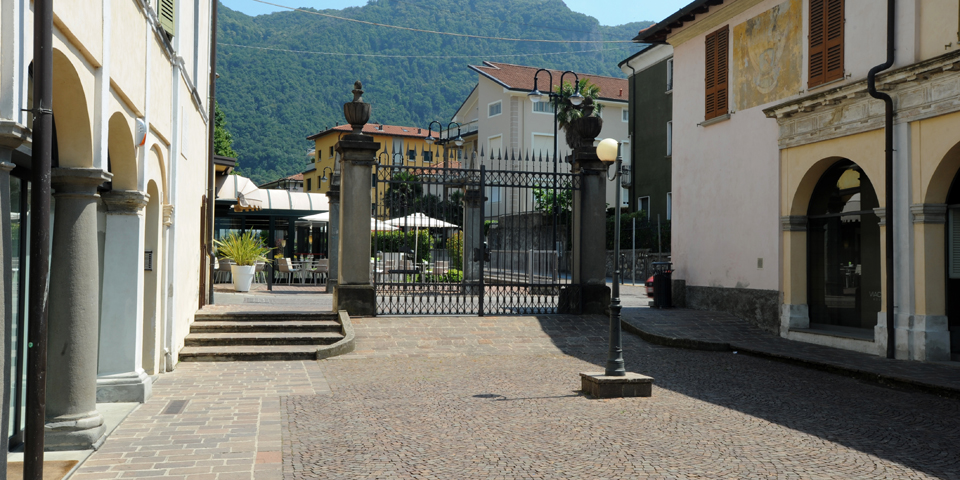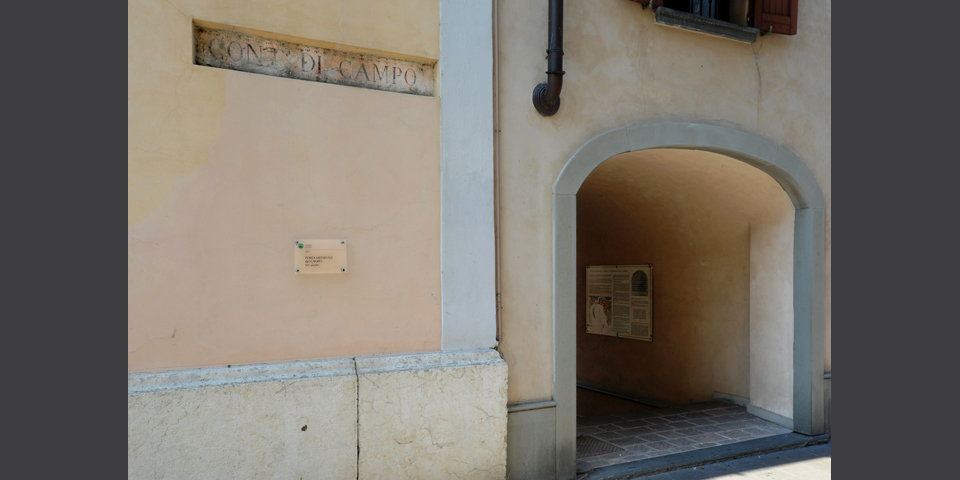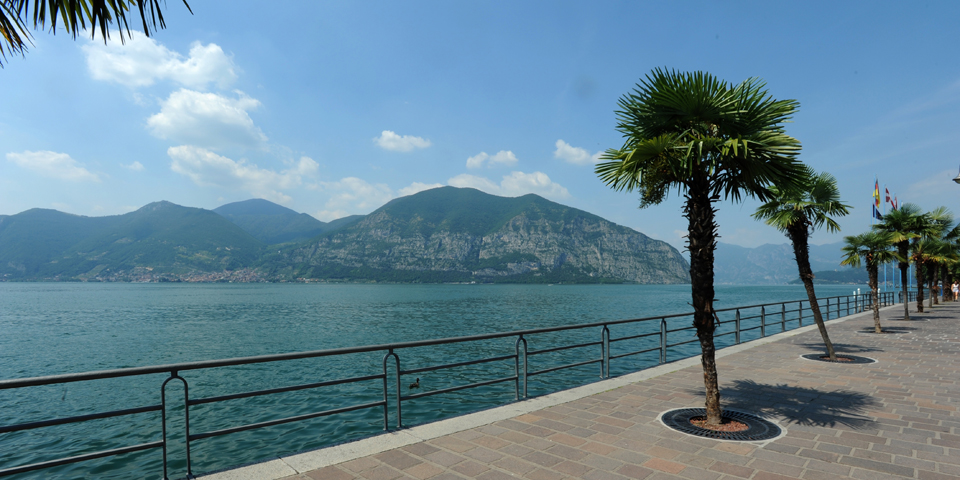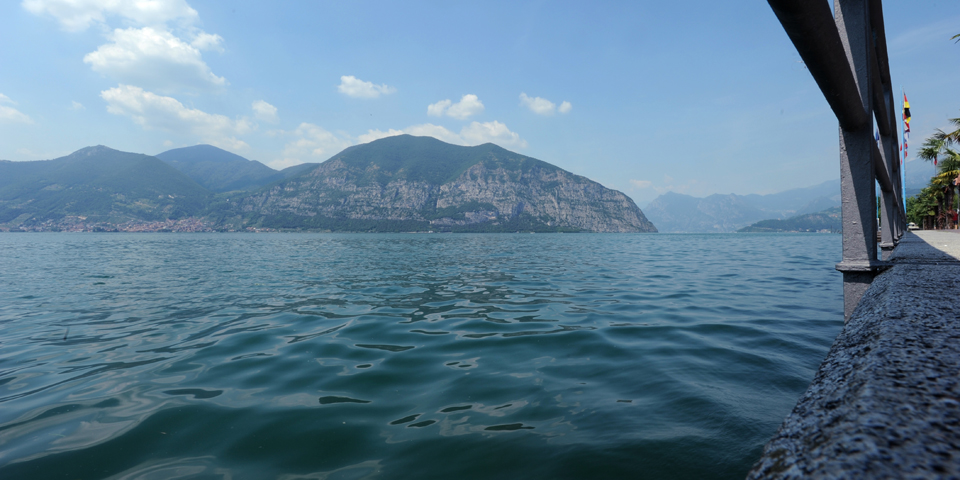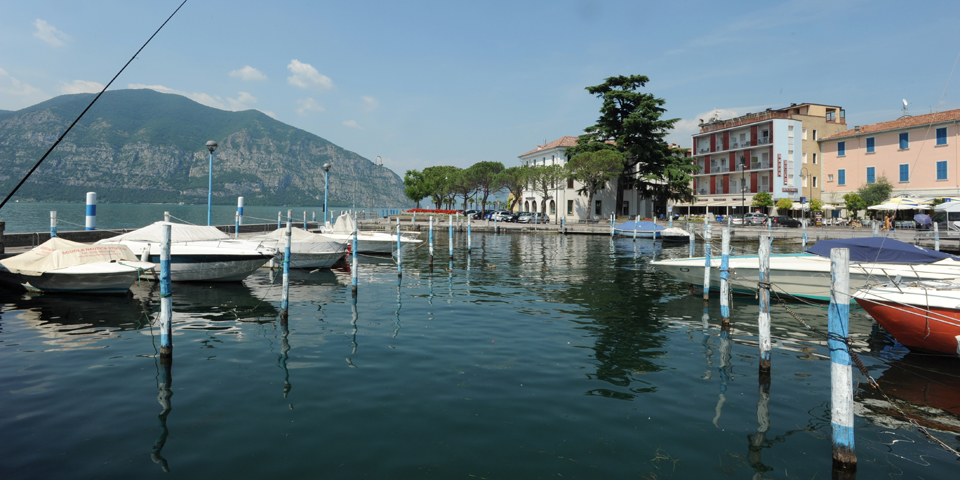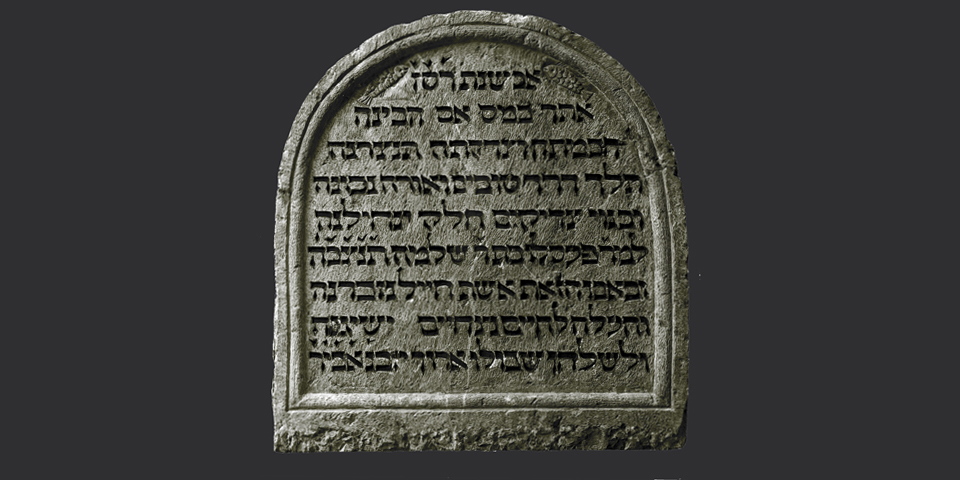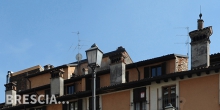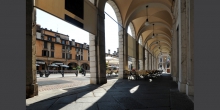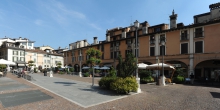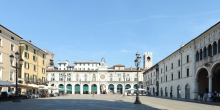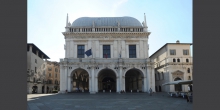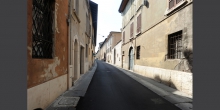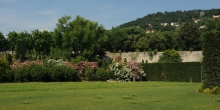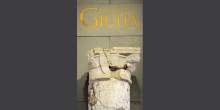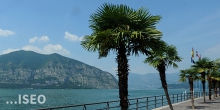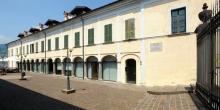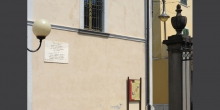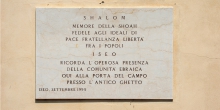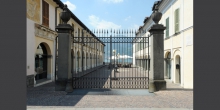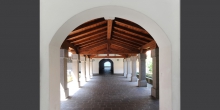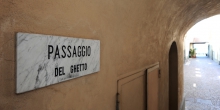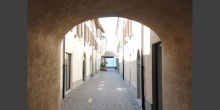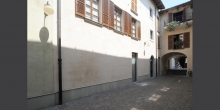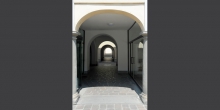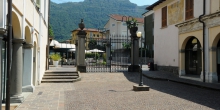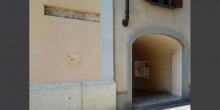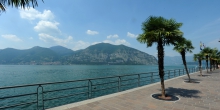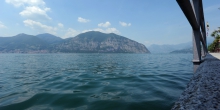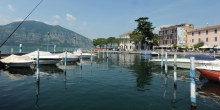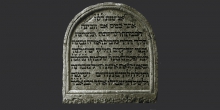NORTH-EST ITINERARY
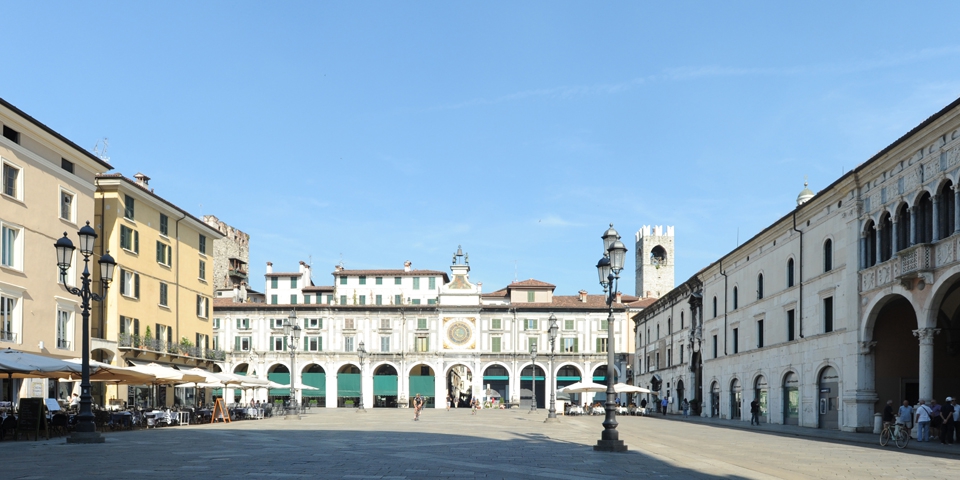
As well as by car, Brescia is easily accessible by train, and also for Iseo there is a rail link from Brescia. For those who go by car and have a few more days, we recommend to continue from Iseo to the Valle Camonica and to the parks of the Rupestrian cave paintings.
Info Brescia
Museo Santa Giulia via dei Musei 81/b, tel. 030 2977834 www.bresciamusei.com
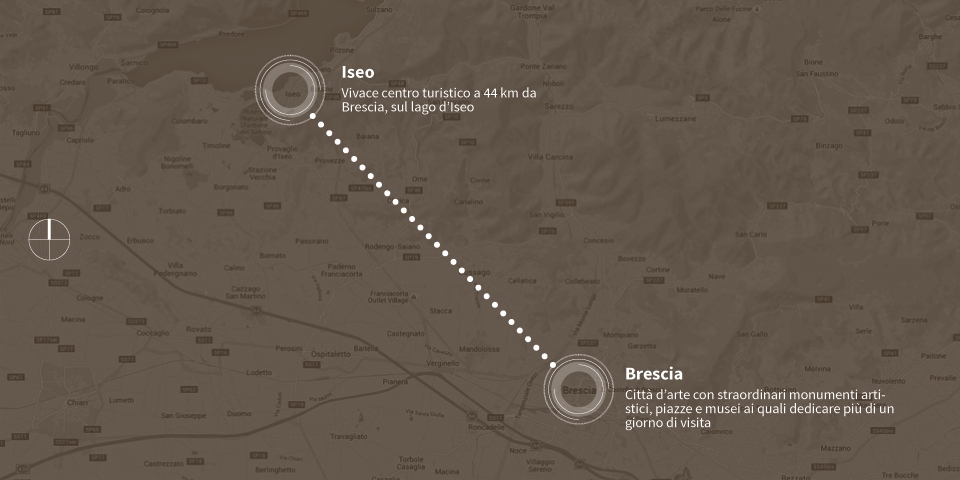
BRESCIA AND THE MUSEUM OF SANTA GIULIA
A city of art with extraordinary artistic monuments, squares and museums, to which you could give more than one day of visit, Jewish memories are intertwined with the history of the city. The presence of a small group has been found already in the Roman period, documented by tombstones preserved at the Museum of Santa Giulia, via dei Musei 81/b, one of the most beautiful Italian museums. One of these tombstones tells about a Coelia Paterna Matri Synagogae; two fragments reproduce graffiti in Hebrew (inv ML00037 - ML00038); the last one from Iseo testifies the presence of a cemetery on the shores of this lake. Walled up in a church, there is a fragment of a Greek inscription on the Archisinagoge, mentioned in the Iscriptiones Italiae n.1260.
The life of the Jewish group took place around the markets, a short walk from the center, behind Piazza della Loggia. In the nearby Via Dandolo at number 6 there was, perhaps, a synagogue. Today, a building of the early twentieth century has erased all traces of it. Trade and lending were the main activities carried out in Brescia also by money-lenders who lived along the rivers Oglio, Mella, Chiese and Mincio. Between 1491 and 1494, in Brescia lived Gershom Moses Soncino. Examples of his works are now preserved at the Queriniana Library.
ISEO AND THE PARISH CHURCH OF SANT’ANDREA
Iseo is 44 km from Brescia, on Lake Iseo. Today a lively tourist centre, it was chosen between the fifteenth and the sixteenth century as a logistic base by some Jewish families of money-lenders. They were not allowed to reside in Brescia, but they could go there for their businesses. In memory of their stay on the lake, which ended with expulsion in 1572, there is the “lapide murata” in the square of the Porta del Campo. Here was the ghetto before the area was destined first to Filanda and then to Lazzaretto during the Black Death in 1630 described in the novel by Manzoni. A second tombstone was found in 1637. Today it is preserved at the Santa Giulia Museum in Brescia; it recalls Rabbi Efraim, son of Lazzaro Zelman, and it suggests that there was a Jewish cemetery on the shores of the lake.
Not to be missed the Parish Church of Sant'Andrea (XII cent.), with in the centre of the façade a fourteenth century bell tower.



